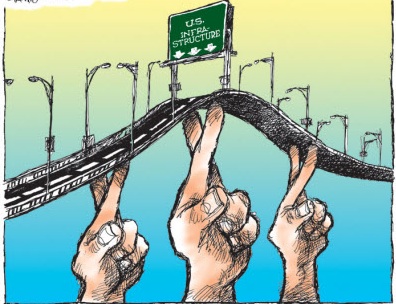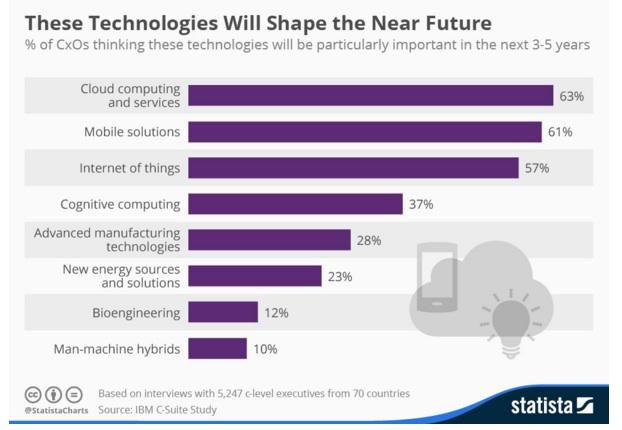The Paris meeting on climate change will tackle this question: Is combatting climate change economical?
Andrew Walker writes: Economists have been wrestling with the question since at least the early 1980s. The approach most often adopted is to treat the problem rather like an investment appraisal, to do a cost-benefit analysis – though this method has its critics even among economists.
The investment side of it is shifting the world to an economic system that produces much less by way of climate changing gas emissions, or even none at all. You then compare the cost of doing that with the benefits, in the shape of climate-related harm avoided. It sounds straightforward. But of course it isn’t.
Measuring both elements -the costs and the benefits – is fraught with difficulty. So is a third factor: how you compare costs in the near future with more distant benefits. More on that later.
There’s another way of looking at it.
One of the basic ideas in economics is that you tend to get the best results if people or businesses that take decisions have to take account of all the benefits and costs.
Pollution is the text book example of a situation where that may not happen. The polluter has no incentive to consider the impact of the pollution.
It is what economics textbooks call an externality, which in turn is one example of what they call “market failures”.
The standard economic analysis of climate change sees in those terms.
There are externalities: emissions produced by a person or business lead to costs – and sometimes benefits – for others which the emitter has no incentive to consider.
What do you do about it if you accept that view? The mainstream economic view of how to deal with an undesirable externality is that you tax it.
It’s called a Pigouvian tax after the British economist Arthur Pigou who set out the case in a 1920 book. But what on earth is that damage? There are several layers of uncertainty. How sensitive is the climate to emissions? How much damage would be done by any specific amount of warming?
Moderate warming might actually be beneficial at least for some, with reduced heating costs and cold weather related health problems, and increased crop yields in some places.
But how rapidly does the impact deteriorate at higher temperatures?
And how should we factor in the possibility of damage that is seen as unlikely but very detrimental if it were to happen – what are sometimes called catastrophe or tail risks?
Then there’s the fact that much of the damage there might be from unabated emissions will be in the future, decades, even centuries ahead.
The usual practice in economics and in any investment appraisal is to “discount” future costs and benefits to give what’s called the present value.
That’s to say you take that future cost, apply a discount rate to it and you get a lower value present value.
Suppose you are looking at $1bn worth of damage in 100 years. t’s all very well to “discount” your own future income or spending. But is it right to do that for people who haven’t even been born?
If you take the annual discount rate used in the Stern review, 1.3%, which is about as low as any, then to avoid $100 of damage in a hundred years from now, it would make sense to pay $25 today.
If you go for a higher rate of, for example, 5% you get 76 cents.
A low discount rate supports the case for a very high carbon tax now.
Well it will be politicians in charge in Paris not economists, so maybe they will.
In this case it is greenhouse gas emissions that would be taxed. This approach is generally known as a carbon tax or sometimes as a carbon price. Curbs in emissions would be made by those businesses that could do it at the lowest cost. Emitters have to pay and in doing so are in effect forced to take account of the externality.
The other main approach has been to use regulation or subsidies to promote particular low emissions technologies, especially in electricity generation.
Markets are generally seen as more effective than governments, although needing a bit of a nudge in cases of market failure, such as climate change.
The carbon tax approach sits more squarely in this tradition. It could also be simpler to run.

Image by Susan Rennie











